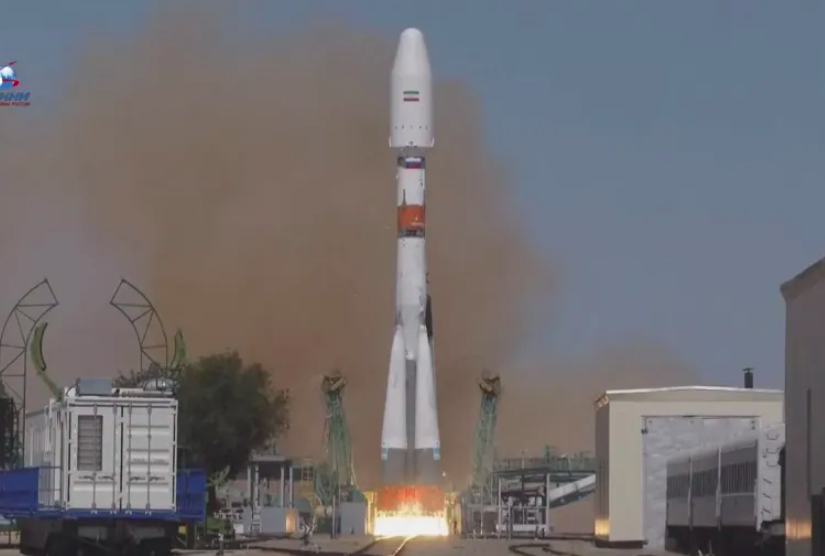Russia’s Roscosmos space agency announced Tuesday that the Soyuz-2.1 spacecraft lifted off a payload of satellites into orbit – including two from Iran.
Roscosmos said that two Russian Ionosfera-M satellites – designed to monitor the space weather around Earth – and 53 small satellites, including two from Iran, were placed into orbit successfully.
Among the 53 small satellites, the two Iranian satellites were identified as the Kowsar, a high-resolution imaging satellite, and Hodhod, a small communications satellite.
A Russian-Chinese student satellite, Druzhba ATURK, was also placed into orbit.
Kowsar, a 30-kilogram high-resolution sensing satellite, is designed for a range of applications including agriculture, natural resource management, environmental monitoring, and disaster response.
Its impressive 3.45-meter resolution surpasses Iran’s own target for satellite camera technology by 2025. With a lifespan of 3.5 years, Kowsar will orbit at an altitude of 500 kilometers, capturing six frames per second across a 15-kilometer range.
Hodhod, meanwhile, is a smaller communications satellite designed to enhance satellite-based communication networks and expand IoT connectivity.
This CubeSat will operate in a 500-kilometer orbit, providing communications solutions for remote and underserved regions.
Hodhod’s mission will support precision agriculture, transportation, logistics, and environmental monitoring.
The CEO of the knowledge-based company behind the design and development of the satellites says it took his team 15 years of dedicated work to finally witness Hodhod and Kowsar successfully launched into orbit.
“This is only the beginning for us, we are only going forward from here,” Faghih Imani said after personally assessing the launch of the two satellites in Russia.




















